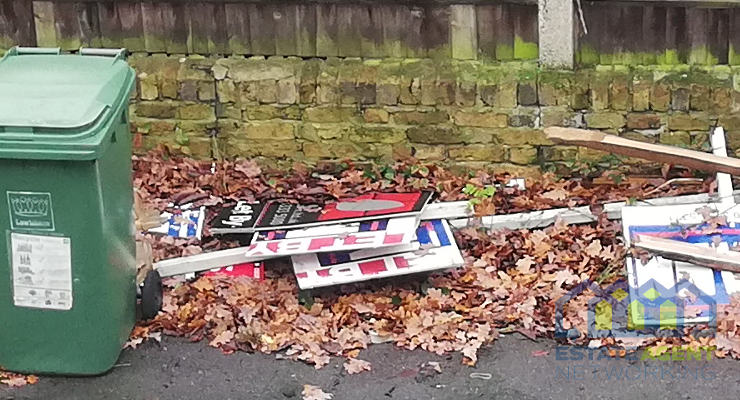How to Fetch Faster Results in Real Estate Business Using 3D Animation?
Architects and realtors are well aware that computer-generated images (CG movies) are an effective tool for their presentations and marketing materials. The only issue is that having them manufactured can be time-consuming. Depending on its complexity, a 3D animation project can take anywhere from a few weeks to over a month to complete. However, in architectural and real estate projects, time is of the essence, and clients and investors will not wait indefinitely.
Fortunately, there are a few things that may be done to expedite the process. Our CGI company’s experts have created a list of pointers that will help you expedite your 3D walkthrough animation production procedure. Here are five tips for accelerating 3D video projects and achieving stunning outcomes faster than you imagine!
A complete correction list is better than separate comments
CGI firms frequently offer their clients interim results when working on an animation. And while things typically move smoothly, there are instances when adjustments are required. It’s not always about errors; sometimes, architects and realtors change their minds about certain storytelling aspects or wish to change the materials, lighting, etc.
It is best to deliver all corrections to a CGI team at once for them to take as little time as feasible. When clients give modest amounts of feedback at irregular intervals, development is slowed because 3D artist teams must make the desired changes. On the other hand, by tackling all project difficulties simultaneously, hours can be saved if not days of effort.
Offer a detailed work scope for the 3D animation project
A detailed scope of work for a 3D animation project, often known as a brief, is necessary to expedite production and ensure that the client receives the exact results they desire. It’s simple to avoid future miscommunications if you have a proper SoW. Here is a list of everything that has to be part of it.
To begin, a 3D animation brief should include the following information:
- drawings of a building and landscape designs, as well as lighting schemes and furniture layouts if the project involves interiors;
project budget. - the desired length of the animation It’s frequently subject to change, but it’s crucial to state how long it should continue in minutes or seconds.
- the project deadline;
- the purpose of the CG video, as well as the idea or message behind it;
- the target audience for the future walkthrough;
- whether an exterior or interior visualisation is required (or both);
In addition to the fundamentals mentioned above, the brief should include visual references. Photographs of the site where the building will be built, and reference pictures or movies for the surroundings, weather, lighting, and mood are all examples.
Architects or real estate agents should then submit script ideas for the 3D animation project. They must consider the general narrative of the walkthrough and the camera path, and specific characteristics of the property that should come under the limelight. Which details should be animated, and if so, which ones? Should humans, animals, and cars be included, and how? When is the best time to visit, and what are the best weather conditions?
Finally, the SoW should specify how the video should be edited
VFX, transitions, superimposed text, logos, watermarks, voiceovers, and background music are all examples. 3D artists would have no trouble designing precisely what the client wants in the least amount of time if all of the information is part of the same.
Of course, the writing and editing decisions can remain with the studio’s experts, but we recommend against it. This decision may result in an animation that is unsuitable for the client and an increase in production time owing to adjustments. This is why offering a complete scope of work ahead of time saves a lot of time.
It is best to use ready
3D assets
Creating custom 3D models and other elements like materials and textures takes time, which might take hours or even days. This is why commissioning as few of them as possible is critical. If an architect has a 3D model of the building, they should give it in the best-case scenario. For example, it can pose as a reference for 3D artists working on a 3D animation project or a CG video with a few tweaks.
Professional CGI studios also have extensive libraries of ready-to-use 3D assets that can help as secondary items in the CG walkthrough. As a result, artists will use pre-existing ones rather than generate all of the 3D models from scratch, allowing the CG animation job to get over much faster.
Make sure to send all the corrections before the final cost rendering
The 3D artists will offer the customer a raw version of the tour in greyscale before the final rendering of a 3D animation. This is done to ensure that the camera route and geometry are correct. Following that, 3D artists deliver a few colour stills with lighting to show what the final footage would look like. It is possible to begin the final rendering only after everything else has received approval. There will be a requirement to recreate the entire animation in case anything is missing. One must make all substantial improvements before the final rendering to avoid redoing the job.
While 3D animation projects take time to complete, there are ways to complete them more quickly. Architects and realtors can secure tight deadlines by selecting a CGI firm with vast teams of expert 3D artists and powerful technology. Clients also make specialists’ jobs easier by asking for a few custom 3D assets as possible or even providing their own.
The same applies to offering detailed project briefs; 3D artists will know exactly what they need to achieve and not waste time asking for explanations. Finally, providing complete lists of adjustments ahead of time and before the final rendering would help avoid the process stagnating.
Select a CG studio that offers powerful technical and reliable workflow capabilities
First and foremost, finding the correct 3D visualisation business for the work is critical. It can ideally be a massive studio with large teams of expert 3D artists that can do projects fast. In addition, the firm should have a diverse portfolio that includes work similar to those that an architect may commission.
Another crucial question to ask client managers is whether the studio has a render farm. It’s a collection of interconnected computers with solid CPUs and graphics cards that’s primary purpose is to render computer graphics. A render farm is essential for efficient workflow in such a task. It is because rendering a 3D video can take many days.
Suppose a CGI firm possesses all of the qualities above. In that case, it will be able to speed up the construction of a 3D animation project. Moreover, it will ensure that everything gets over on time.
Do you want your 3D walkthrough done just as you want it and in the quickest time possible? Then, contact XO3D right away to secure deals ahead of your competitors!







